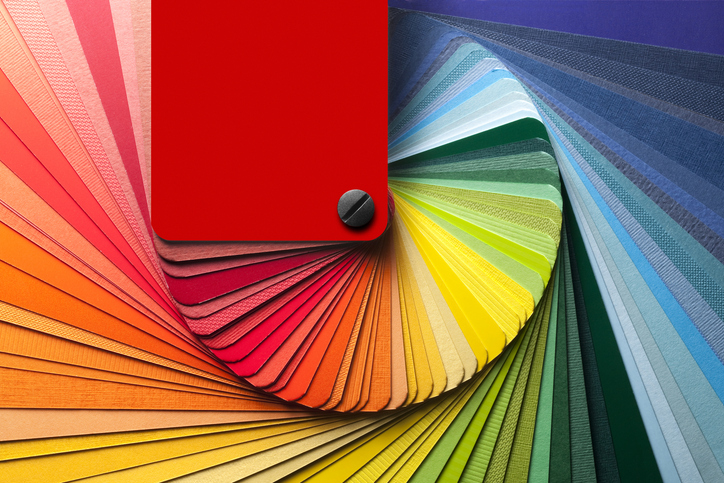In today's
'now'
world
branding isn’t just about standing out.
It's about
syncing
with how people
feel
scroll, and
decide
before they even realize it.
Why We Buy, Remember, and Come Back
What makes a brand unforgettable?
Why do certain visuals, voices, or taglines stay with us—while others fade into noise?
In a “Now” world—where attention is currency and impressions are instantaneous—the answer lies at the intersection of science and story. Branding is no longer just about logos or slogans. It’s about how the human brain reacts, remembers, and returns.
And it’s more scientific than you think.
The Science of Why We Click (and Why We Don’t)
Cognitive psychology teaches us that humans remember what stands out—but only if it feels familiar enough to trust. That balance of novelty + relevance is what makes a brand brain-sticky.
Meanwhile, behavioral economics tells us that decisions are rarely rational. They’re made through emotional shortcuts, driven by visuals, vibes, and perceived values.
In other words: people buy how you make them feel—long before they read the fine print.
The Role of Color, Shape & Pattern Recognition
Color psychology isn’t fluff. It’s neuroscience.
- Red = urgency, passion, alertness
- Blue = trust, professionalism, stability
- Yellow = optimism, warmth, energy
Your brand palette can evoke safety, energy, rebellion—or calm.
And then there’s shape language—circles feel inclusive, squares feel structured, sharp lines imply precision. These subtle cues get processed in milliseconds and influence behavior whether we realize it or not.

The Sociology of Brand Behavior
Brands are social signals.
They say who we are, what we value, and who we align with.
In this era of identity-driven consumption, your brand must tap into something more than function. It must belong to a tribe, a movement, or a shared belief.
And that belief? It needs to flex with culture in real time.
Brands that succeed in a Now World listen more than they speak. They align with changing language, shifting power structures, and emerging generational priorities—without losing their core.
The Loyalty Equation: Memory + Meaning
So how do you build a brand that lasts?
Memorability + meaning = loyalty
It’s not just about being seen—it’s about being understood.
You must:
- Say one thing, clearly.
- Align that message with visual and tonal consistency.
- Build emotional resonance through storytelling, color, tone, and cultural awareness.
- Stay current without becoming performative.
The best brands don’t chase attention.
They earn it—through relevance, clarity, and a consistent psychological promise.
Noise Is the New Normal
We live in a world of constant input—feeds that never end, updates that never sleep, and a news cycle that resets every few hours. In this environment, your audience isn’t just distracted—they’re overloaded.
The human brain can only process so much before it starts filtering ruthlessly.
That means your brand isn’t just competing with your industry…
It’s competing with everything.
To stay relevant, you don’t need to shout louder.
You need to speak clearer, faster, and more meaningfully.
And most importantly?
You need to re-align constantly—with culture, with behavior, and with the needs and emotions of your audience as they evolve.
In the Now World, brand clarity isn’t a one-time exercise. It’s a continuous discipline.
Brand Strategy Is Brain Strategy
Branding isn’t decoration—it’s direction.
It’s the intentional application of behavioral science, visual psychology, and cultural fluency to shape how people experience your business. Every click, every purchase, every share is an outcome of the strategy behind your signal.
Want to earn attention, create resonance, and build real loyalty? Start by understanding how your brand feels in the brain.
You’ve gotten this far for a reason.
You’ve got the vision.
The drive.
The scars.
You don’t need to overhaul everything at once—just know where to start.
At up*Craft Collective, we bring clarity, structure, and strategic execution to businesses that are ready to evolve.
Whether you’re scaling, stuck, or just getting started—we speak your language.

